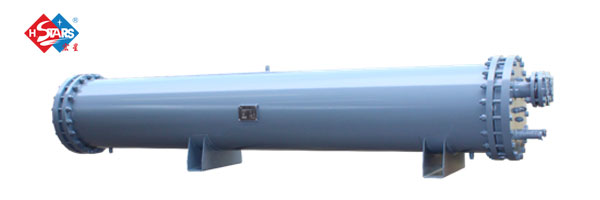Carbon steel and low-alloy steel heat exchangers (design temperature lower than -20℃), austenitic stainless steel heat exchangers (design temperature lower than -196℃) are low temperature heat exchangers, and the structural design should follow the following in principle.
Material selection of low temperature heat exchanger:
1. Use temperature of plastic materials
Polyvinyl chloride (PVC) -15℃~+80℃, polypropylene (PP) -30℃~+140℃, polyurethane (PU) -70℃~+80℃, polyethylene (PE)-100℃~+100 ℃. Plastics tend to be brittle in low temperature environments.
2. Operating temperature of carbon steel and low alloy steel
Q345R steel plate can be used at -60℃~-40℃ under low temperature and low stress conditions, and 16MnDR steel plate for low temperature can be used at -80℃~-70℃ under low temperature and low stress conditions. Q235B steel plate cannot be used in low temperature heat exchangers.
3. Operating temperature of high alloy steel (stainless steel)
1. The lower limit of the operating temperature of ferritic stainless steel is 0℃. 2. The lower limit of the operating temperature of austenitic-ferritic stainless steel is -20℃. 3. The lower limit of the operating temperature of austenitic stainless steel is -253℃
Structural design should fully consider the factors:
1. The structure should be as simple as possible to reduce constraints.
2. Avoid excessive temperature gradient.
3. Sudden changes in the shape of the structure should be avoided as much as possible to reduce local stress.
4. The connecting part of the connecting pipe and the shell should be smooth, and the inner wall of the connecting pipe end should be rounded.
5. The support or leg of the container shall not be welded to the shell, and a backing plate shall be provided

评论
发表评论